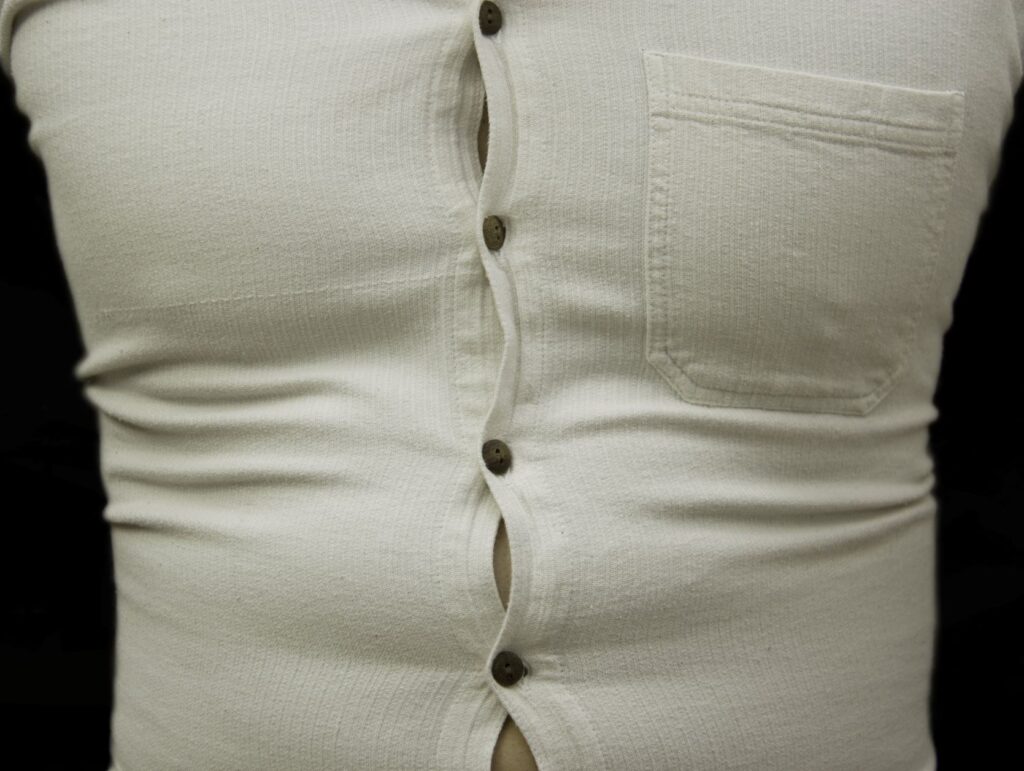Remember that great deal you got on that shirt that wasn’t the same after washing it once? Well the same thing can happen with imaging device repairs. That repair you got for a low price and a quick turn-around could actually be costing you more than double what it would it have cost you to get it right the first time. Having been in this business for more than 30-years, we’ve seen a lot of different approaches to maintaining medical devices. What stands out the most, year after year, is the high price of low cost in the third-party service industry.
Many times, providers choose to cut out steps in the repair process or use parts, materials, and components that have not been verified to deliver the form, fit, and function intended by the device manufacturer. To the layperson, or those unfamiliar with technical details, these might not seem necessary and all parts may appear equal; however, this has and never will be the case in an industry where precision and accuracy are so critical.
Elements of successful repair processes and those proven to be effective over time follow. We’d welcome learning what you have discovered what works for you.
Warranties:
Warranties can substantially lower the total cost of ownership, but only if they last longer than the repairs and claims made against them. Most companies warrant repairs for only 90-days yet even a poor-quality repair can last longer than that. Given the cost of repairs by today’s providers, you should expect 6 to-12-month warranties. Anything less could be a vote of no confidence by the suppliers themselves in their own repairs. Additionally, you should not be paying to repair the same device twice or more in a short-term period, if at all. It’s not good inventory management and can substantially derail returns on investment and capital planning.
Innovatus Warranty Periods
- Standard Probes: 12-Months
- 3D & TEE Probes: 6-Months
- MRI Coils: 6-Months
We take great pride in our 12-month warranty period on ALL standard probes and 6-months on all other products. Innovatus warranty rates rival those of some OEM’s. No other provider offers this level of value. We have spent decades fine tuning our processes, testing, and evaluation methodologies to assure that we are delivering fully restored ultrasound probes and MRI coils and are actually extending the life of each device and our clients’ overall equipment investment.
Data-Driven Repair Services:
It’s one thing to know how to fix a leaky faucet. It’s another to have an in-depth understanding backed by verifiable data over decades of research to understand precisely what caused the faucet to leak, and how you can recognize early warning signs that your faucet could start leaking. While this may be a simplistic example, it represents a critical fundamental for imaging device repair which is: Sustainable repair processes are built upon testing and research data that validates the procedures executed will result in the performance intended by the OEM and are sustainable for a reasonable amount of time. Repairs that are done to assure no water is still dripping from the faucet often warrant repeat repairs as the root of the issue was not identified and fixed initially. You get it. For more information on Data Driven Repairs, check out our whitepaper.
Parts:
Many in the HTM industry realize that OEM’s do not provide schematics, bills-of-materials, or replacement parts for devices such as ultrasound probes and MRI coils. It should go without saying that:
- All replacement parts are not equal, and
- Not every provider qualifies their replacement parts
For instance, for some it’s common practice to harvest broken products for valued components, assumed good. In other cases, some components are unable to be harvested and alternative solutions must be used (seams and seals, acoustic lens, strain reliefs, TEE probe bending rubbers, TEE probe insertion tubes). Yet doing so without controls in-place potentially sets the device up for increased risk, latent failures, subsequent repairs, and additional downtime.
Example: Replacing a damaged cable/wiring harness with a harvested cable from another device, is similar to purchasing used tires for your vehicle.
Would not the preferred method be to replace a damaged cable with a NEW, QUALIFIED cable? A key question to ask any repair provider is, “How are your replacement parts are sourced?”. Another is, “Do you have a process in-place to qualify your replacement parts, and what is it?”.
Moving Forward
In short, as we move forward into a new era for healthcare, and imaging services, we need to think about long-term asset management of each investment we make. Doing so is a carefully concerted strategy. Without one, it’s easy and sometimes essential to make decisions on the fly, based upon availability, and when that happens, our ability to manage inventory and maintenance costs efficiently and to avoid the pitfalls of the high cost of low price is often compromised.
As our worlds settle back down from a time of unpredictable chaos, it’s time to get back to proactive management vs. crisis management on a daily basis. A key fundamental of proactive management is putting in place a lifecycle plan for each device you support. Lifecycle plans are like a road map to reach optimum Lifetime Value, assuring a positive return on investment for the valuable investments your facilities make in imaging devices. How you repair and maintain your devices is a critical component of a Lifecycle plan.
Summing It Up
We might take a day or two longer than the quick fix solutions you can find. But when you get your restored devices back, you will get the performance you need and the sustainability for the repairs made that will keep your device out of the shop and your imaging departments up and running.


